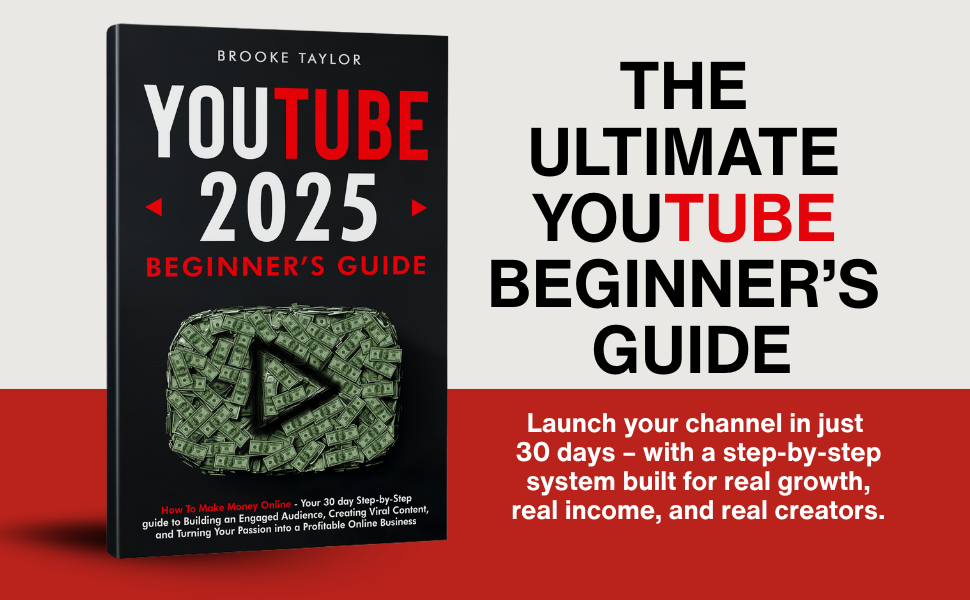From Idea to Launch: Starting Your Skool Membership Site
My First Membership Site Idea
When I had my first idea for a membership site, I’ll be honest—I hesitated. I thought: Do I have enough content? Will people even join? What if I mess up the tech side?
But the more I looked around, the more I realized that people are craving communities where they can learn, connect, and grow together. I didn’t need to be perfect—I just needed to take action.
That’s when I discovered Skool. Unlike other platforms that overwhelm you with complexity, Skool gave me a simple, all-in-one solution to go from idea to launch. In this guide, I’ll walk you through the exact steps I took to start my Skool membership site—from nothing but an idea to a fully functioning, profitable community.

Table of Contents
Why Skool Makes Membership Sites Simple
Before Skool, I tried Facebook groups, Kajabi, and Discord. Here’s what I found:
- Facebook groups are noisy and full of distractions.
- Kajabi is powerful but too expensive and complicated.
- Discord is chaotic and better suited for gamers than professionals.
Skool solved all of that by combining:
- A community hub (no ads, no distractions).
- A classroom (to host my courses or digital products).
- A calendar (to run live coaching calls and events).
- Gamification (to keep members engaged automatically).
For me, this was the perfect balance of simplicity and power.
Step 1: Validate Your Idea
The first thing I had to do was figure out if my membership idea was worth pursuing. I asked myself:
- What problem does my community solve?
- Who is my ideal member?
- Are they willing to pay for this transformation?
For example, instead of saying, “I’ll teach marketing,” I refined it to: “I’ll help coaches get clients without relying on social media.” That level of clarity made it easy to attract the right people.
Step 2: Define Your Offer
Once I validated my idea, I built my offer. A strong membership site offer includes:
- Core promise – The main outcome members will achieve.
- Content delivery – A structured path inside the classroom.
- Community support – A space where members help each other.
- Live interaction – Calls, workshops, or accountability sessions.
I realized my members weren’t paying for information—they were paying for guidance, accountability, and connection.
Step 3: Choose the Right Business Model
Skool gives you flexibility, so I had to decide how I wanted to charge:
- Monthly membership – Predictable, recurring revenue.
- One-time payment for course + community access – Good for beginners.
- Tiered model – Low-ticket community + higher-ticket mastermind.
I started with a monthly subscription because it gave me consistent income and made scaling easier.
You can set up payments instantly once you create your Skool account: Sign up here.
Step 4: Set Up Your Skool Membership
Here’s how I launched my site inside Skool:
- Sign up for Skool – It takes just minutes.
- Name your community – Clear and niche-focused.
- Upload initial content – A welcome video + 1–2 starter modules.
- Set your price – I recommend $30–$100/month to start.
- Invite founding members – Friends, email list, or social followers.
I didn’t wait until I had a full library of content—I launched with the basics and built more as I went.
Step 5: Onboard Members Effectively
Your launch will only succeed if members feel welcome right away. I created a simple onboarding flow:
- Welcome video – Explains the community and how to engage.
- Pinned posts – A roadmap with first steps.
- Starter challenge – Encourages members to post their introduction.
- Gamification – Levels and points keep them motivated.
Skool made this easy because everything lives in one space—no messy integrations.
Step 6: Launch to Your Audience
When launch day came, here’s what I did:
- Pre-launch teasers – I built excitement with emails and social posts.
- Founding member discount – I gave early adopters a special price.
- Urgency – Limited-time offers to encourage fast signups.
- Personal invites – I reached out to people I knew would benefit.
I didn’t need a huge audience. Even a handful of dedicated members gave me the momentum I needed.
Step 7: Build Engagement from Day One
Launching is exciting, but keeping people active is where the real work happens. I kept engagement high by:
- Posting weekly prompts for members to share wins.
- Hosting live Q&A calls using Skool’s calendar.
- Highlighting member success stories.
- Running monthly challenges.
The best part is, Skool’s gamification created engagement loops automatically. Members contributed because they wanted to level up.
Step 8: Grow and Scale Your Membership
Once my membership site was up and running, I focused on growth:
- SEO blogging – Articles like this one that bring in organic traffic.
- YouTube tutorials – Videos with Skool walkthroughs and tips.
- Email funnels – Free lead magnets that led into my membership.
- Referrals – Offering bonuses for members who invited friends.
And as revenue grew, I raised my price to reflect the value.
Step 9: Track and Improve
I used to just “hope” things were working. Now, I track:
- Member engagement.
- Churn (how long people stay).
- Top-performing posts and lessons.
With this data, I improve my content, add new features, and keep retention high.
The more I optimized, the more hands-off my membership became.
Why Skool Is the Best Choice for Launching
Here’s why I believe Skool is the simplest and smartest choice for launching a membership site:
- All-in-one design – No juggling multiple platforms.
- Engagement built-in – Gamification keeps members active.
- Affordable pricing – $99/month covers everything.
- Beginner-friendly – I set mine up in less than an hour.
It’s not just about saving money—it’s about building a platform that your members will love using every day.
Ready to launch yours? Start your Skool membership site here.
FAQs About Launching a Skool Membership Site
1. Do I need a big audience to launch?
No. Even 10–20 paying members can give you traction.
2. How much content should I have before launch?
Start with a few modules and build as you go. Don’t wait for perfection.
3. How much should I charge?
$30–$100/month is a great starting point for most niches.
4. Can I run coaching and courses together?
Yes—Skool is built for hybrid models.
Conclusion: From Idea to Launch, You Can Do This
Starting a membership site might feel overwhelming, but once you break it down, it’s simple: validate your idea, build your offer, set up your platform, and launch.
That’s exactly how I went from nothing but an idea to running a profitable Skool membership site.
The key is action. Don’t wait until everything feels perfect—just start.
If you’re ready to launch your own membership site, do what I did: Sign up for Skool here and turn your idea into reality today.






